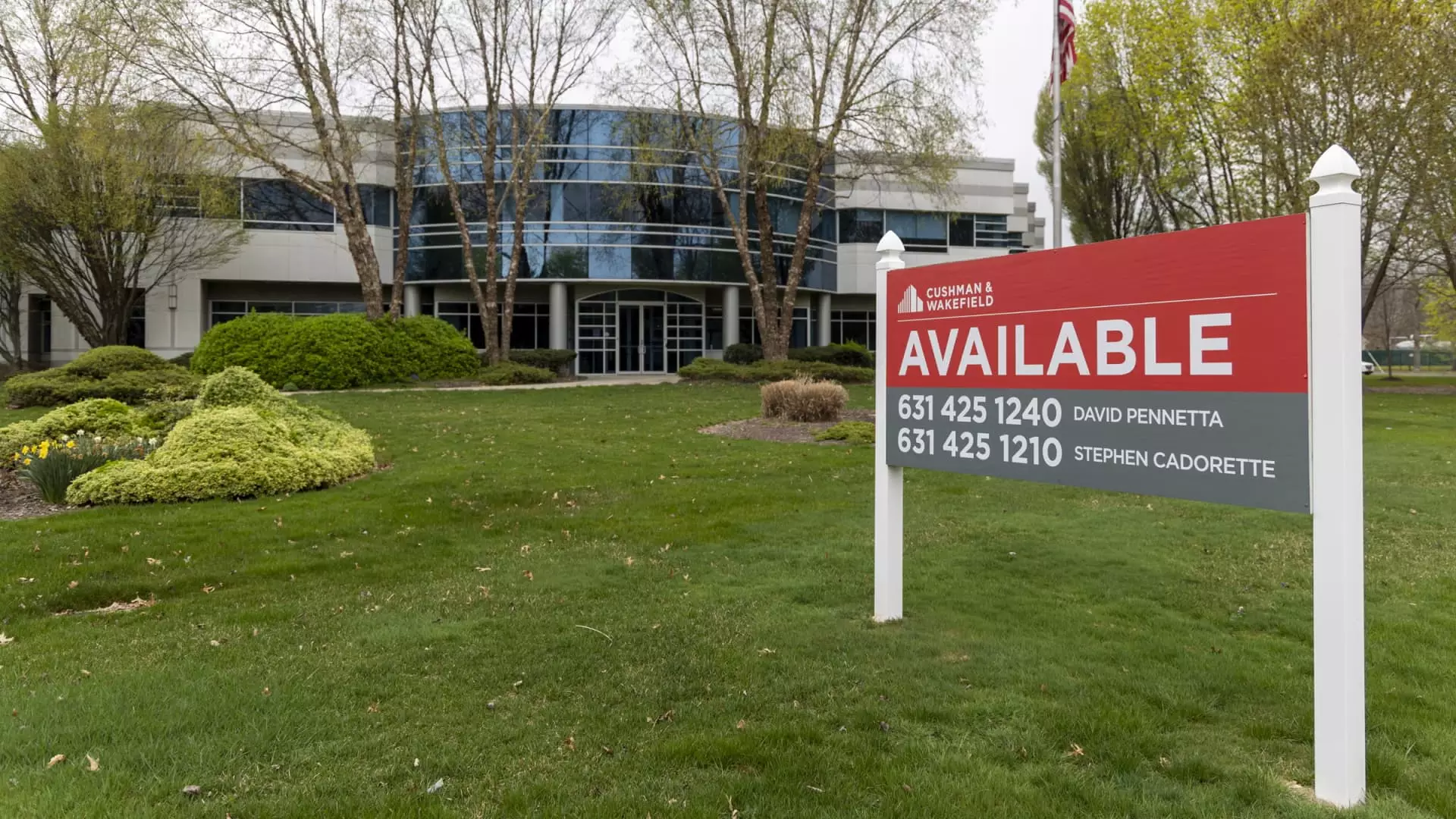The commercial real estate (CRE) market, which has faced considerable turbulence in recent years, may be on the brink of recovery. This resurgence is largely influenced by the Federal Reserve’s recent decision to cut interest rates, a move that promises to reshape the market dynamics. As we explore the implications of this development, it is essential to understand the underlying factors that have led to the current state of the CRE market, as well as what lies ahead.
In September 2023, the Federal Reserve marked a significant shift in its monetary policy by cutting the Fed funds rate for the first time since 2020. The reduction of 50 basis points, along with hints of further cuts, signals a potential revival for interest-sensitive sectors like commercial real estate. Lower interest rates typically result in reduced borrowing costs, which can stimulate investment and accelerate transaction volumes that had previously stagnated. The CRE sector has been grappling with the aftereffects of the pandemic and a series of interest rate hikes that followed. This environment stifled deal activity, leading to a freeze marked by heightened borrowing costs, diminished tenant demand, and an oversupply of properties.
Wells Fargo analysts have identified this policy shift as a “notable green shoot” for CRE, suggesting that while lower rates alone do not guarantee recovery, they lay the groundwork for a more favorable market environment. There is a psychological aspect at play here as well; the perception of lower rates fostering a sense of stability can encourage investors to engage in transactions, reawakening the activity levels that had plummeted during the Fed’s tightening phase.
Indeed, recent trends indicate that deal activity is beginning to awaken from its prolonged slumber. With overall transaction volumes experiencing their first quarterly uptick since 2022, the multifamily sector has emerged as a leader in this recovery narrative. Reports reveal that over $40 billion in transactions took place during the second quarter of 2024, reflecting a 13.9% increase from the preceding quarter and suggesting that market sentiment may be improving as conditions stabilize.
However, while this growth is promising, it is essential to note that the figures still represent a 9.4% decrease from year to year. This ongoing contraction underscores the uneven nature of recovery across various sub-sectors, particularly given that multifamily properties continue to enjoy strong demand, driven by shifts in consumer behavior and acute housing affordability issues.
While multifamily assets appear to benefit from an optimistic outlook, the same cannot be said for the office sector, which continues to grapple with significant challenges. Although there are signs of improvement—with office net absorption turning positive for the first time since 2022—vacancy rates remain stubbornly high, indicating a supply-demand imbalance that may take years to rectify. Analysts note that despite the increase in occupied space, the availability rate has reached 16.7%, suggesting that many companies are still hesitant to fully return to traditional office environments.
Furthermore, structural factors such as the widespread shift to hybrid work models and a slowdown in office job growth continue to dampen demand, with central business district prices down nearly 49% from pre-pandemic levels. As companies reassess their space requirements and the nature of work evolves, the road to recovery for the office segment seems particularly long and fraught with uncertainty.
Contrast this with the multifamily sector, which has witnessed a remarkable resurgence driven by changing consumer preferences. The sustained demand for rental units has resulted in record net absorption levels, supported by a robust construction pipeline that will see over 500,000 new rental units completed in 2024 alone. Even in a landscape where rent growth has slowed to a more moderate pace, rising interest in multifamily living reflects a significant shift in housing preferences.
As homeownership costs surge—exemplified by skyrocketing mortgage payments that are 31% higher than rental rates—the multifamily market is poised to attract more renters who are seeking more affordable living options. The stabilization of vacancy rates, combined with a minor uptick in rent, indicates that supply and demand are moving toward a more harmonious balance.
Looking Forward: Prospects for the Future
As we survey the landscape of commercial real estate, it becomes evident that the resilience of this market hinges on the interplay of various dynamics at play. Interest rate cuts are certainly a pivotal factor, yet the path to recovery remains uneven, with disparities between asset classes becoming increasingly pronounced. While multifamily assets may continue to flourish, the office sector faces a prolonged struggle against shifting work patterns and declining demand.
For investors and stakeholders in the commercial real estate realm, understanding these nuances will be crucial in navigating the uncertainties ahead. The overarching sentiment appears to be one of cautious optimism, but it is prudent to remain attuned to the complexities that define the current state of the market, as the recovery may manifest in diverse forms across sub-sectors.

